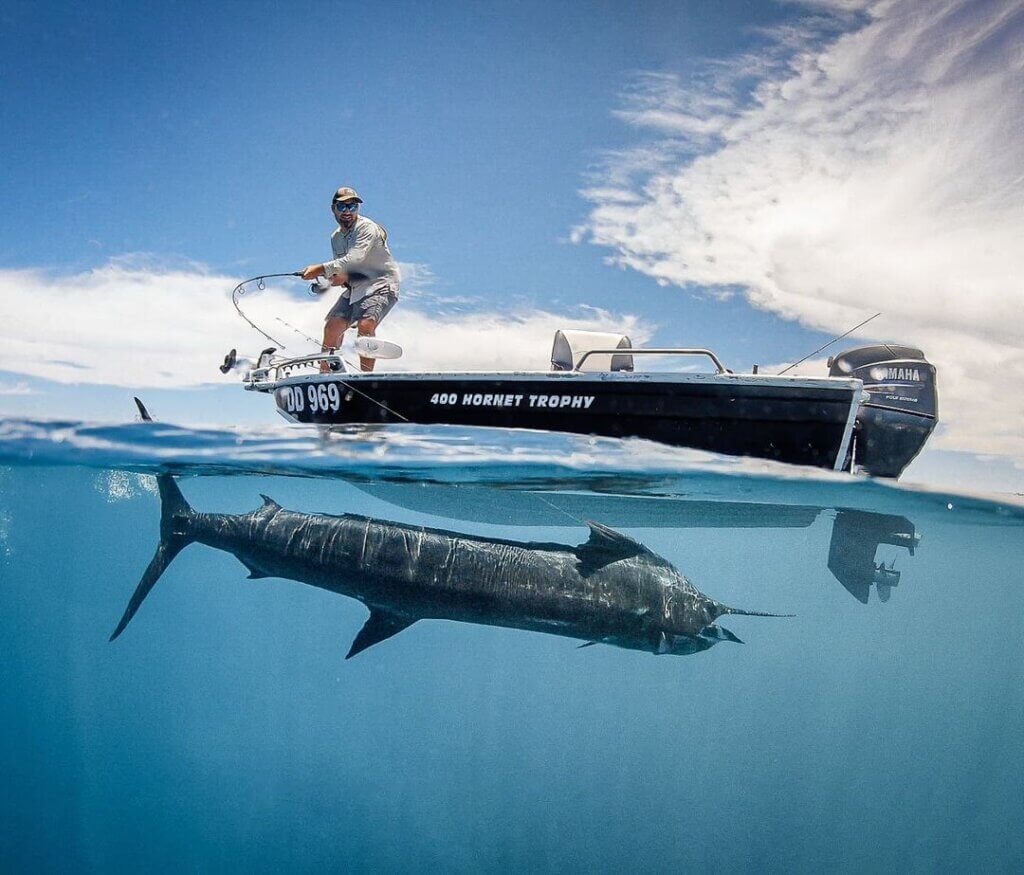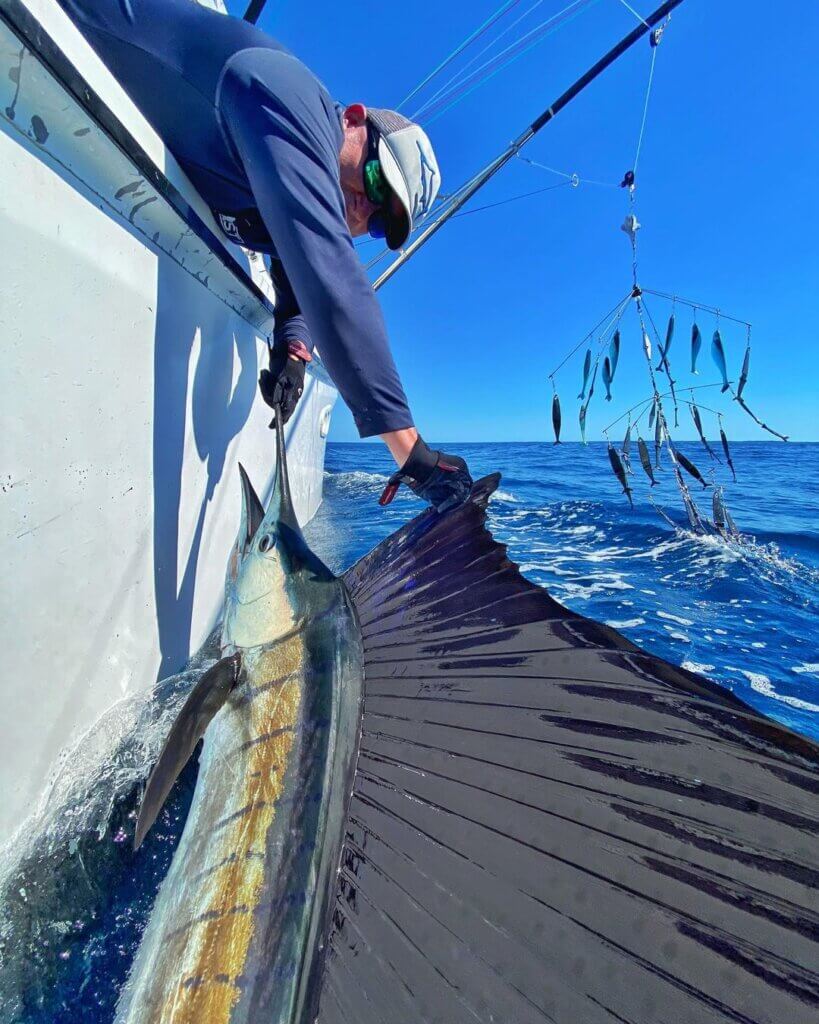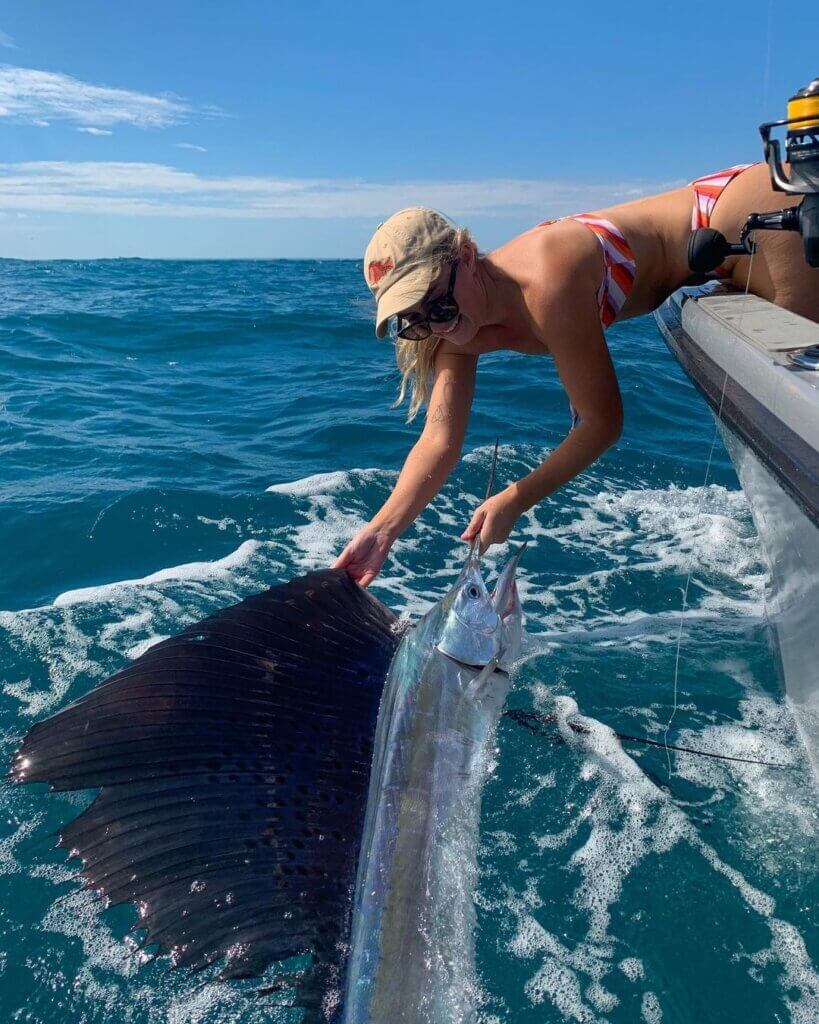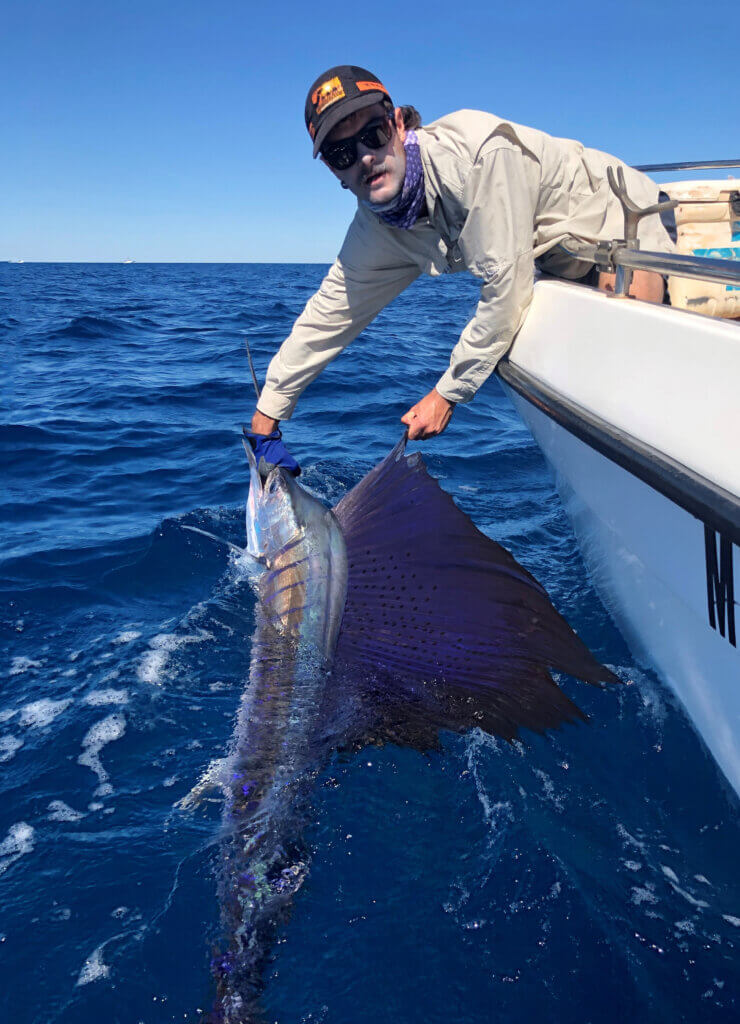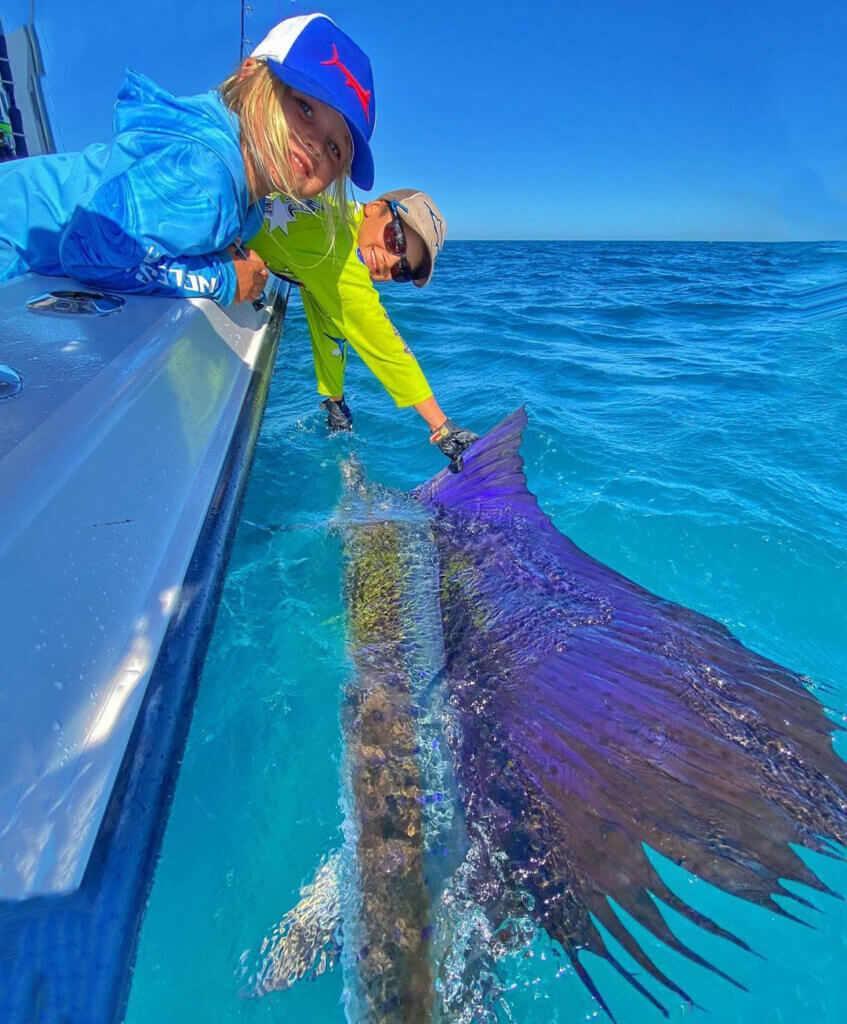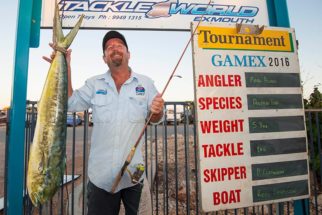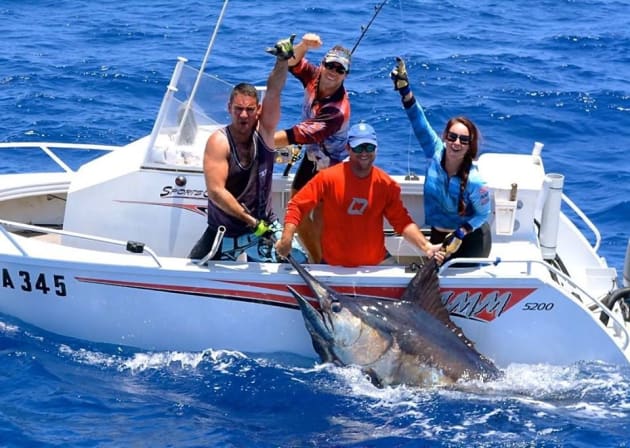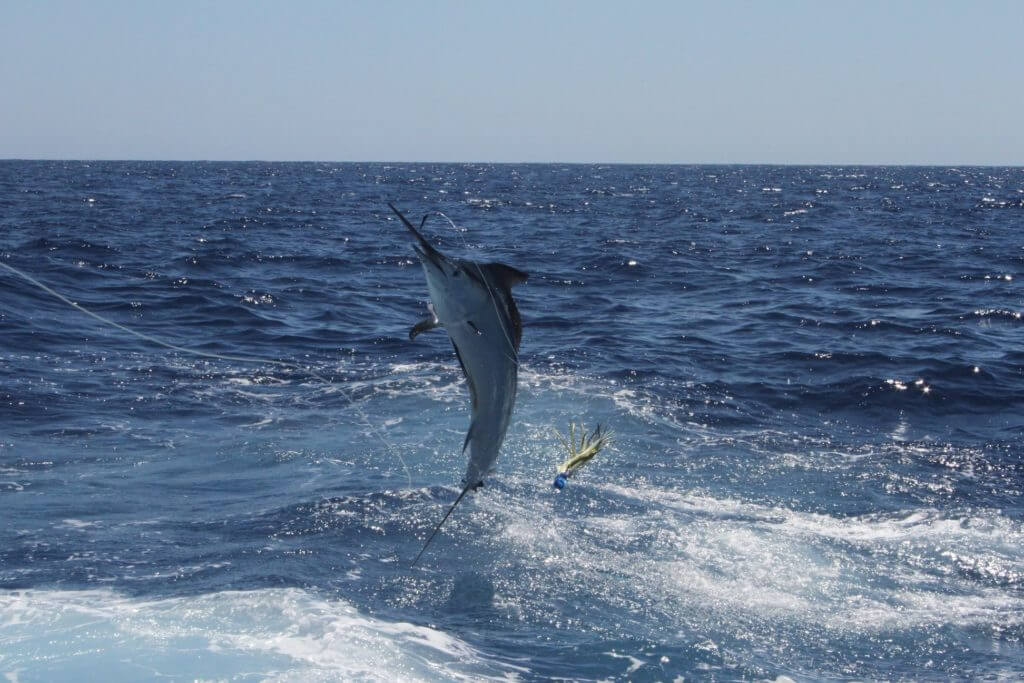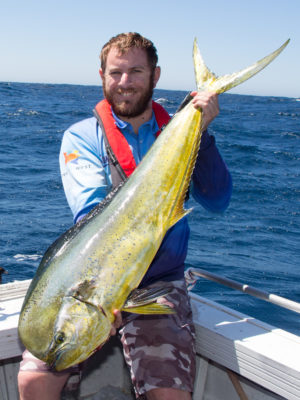In a great win for fishers, following Recfishwest’s successful FADs trial program, the State Government has committed to maintaining a Statewide FADs network for the next three years with the north Metro FADs already deployed.
The four most northern Metro FADs have gone in around 30 nautical miles off the coast out from Hillarys and Two Rocks.
CHECK OUT THE NORTH METRO FADS COORDINATES AND ALL OTHER FADS INFO HERE
The rest of the Metro FADs between Mandurah and Rottnest are due to be in position by the first week of November – subject to weather conditions and logistics.
The table below shows a rough schedule of deployments for all the remaining southern FADs – but it should be noted that all deployments are subject to weather conditions and logistics.
A heads up for Gascoyne and Pilbara fishers, the six combined FADs that were deployed off Exmouth, Dampier and Point Samson have also been retrieved for maintenance prior to the cyclone season and are expected to be deployed in March until around November, 2024 to spice up the sportfishing opportunities for locals.
We will keep you up to date as soon as we learn from DPIRD once these FADs are in the water and ready to fish!
| FADs location | Planned time for deployment (subject to weather conditions and logistics) |
| The south Metro FADs between Mandurah and Rottnest Island | First week of November |
| Lancelin (NEW!) and Jurien Bay | Late November |
| Steep Point (NEW!) | Late November |
| Cape Naturaliste | Mid/late November |
| Albany | Mid/late November |
| Geraldton/Abrolhos Islands | Abrolhos Islands FADs are subject to Marine Parks Australia approvals. Once approvals have been obtained, those FADs and the one FAD off Geraldton will be deployed |
At a media conference earlier this month, the Minister for Fisheries Don Punch announced the State Government’s commitment to a State-wide network of FADs for the next three years (see map below).
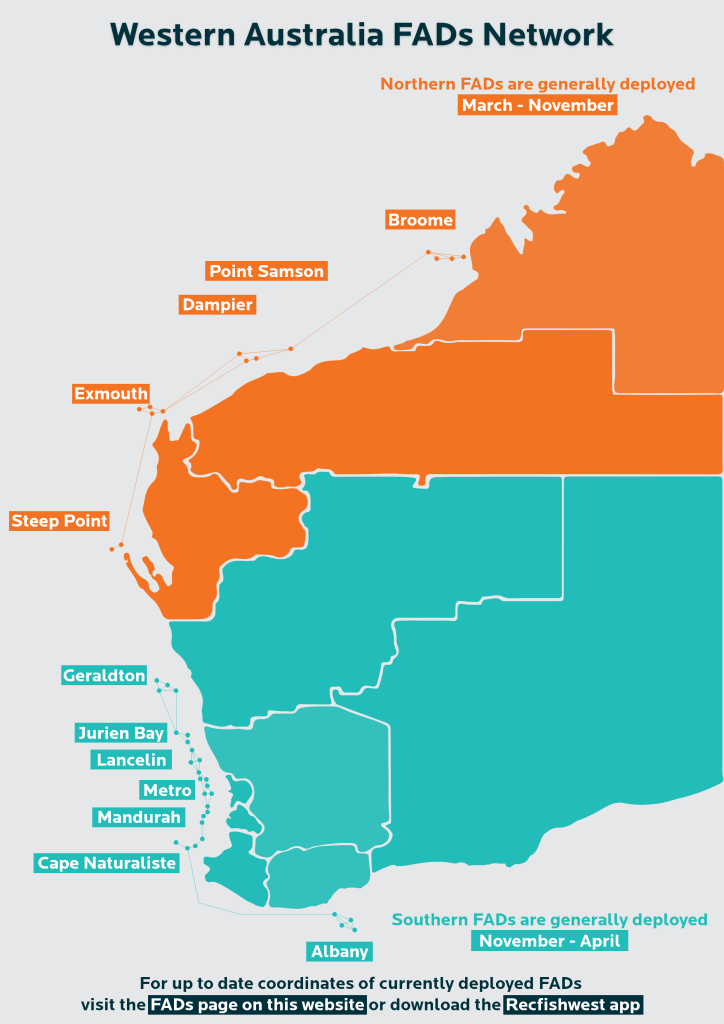
Minister Punch said, “The deployment of these FADs around the State follows the highly successful trial by Recfishwest. They came to us with the concept of putting them into the water, checking it out and seeing how well it worked. It’s very been well received by fishers so far, that’s why we’ve expanded it with a $1.5 million commitment from the State.”
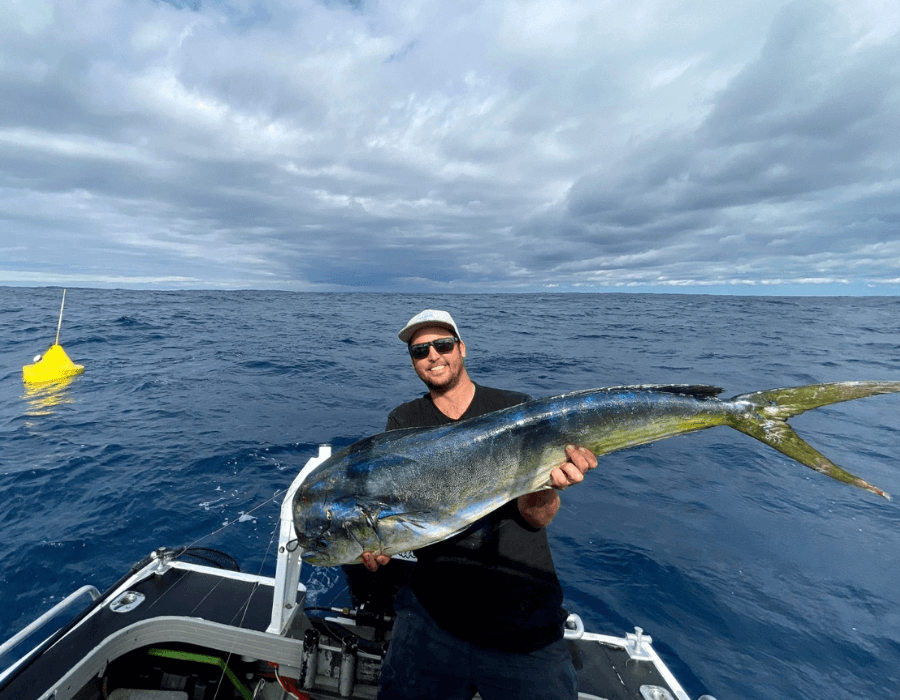
Recfishwest CEO Dr Andrew Rowland commented, “We’re really proud to have worked with the local clubs and communities in the regions to lay the foundations for this program which the State Government is backing in as a permanent fixture along the Western Australian coastline – not only taking what we’ve done in the previous three years but expanding that to 40 FADs in 13 locations around Western Australia.
“This FADs network is something which when we travel around the State provides and unlocks new opportunities for trailer boat fishing, for sport fishing and for the charter sector. It’s great to see the State Government back that in and make it become more of a permanent fixture along the coastline.”
Recfishwest would like to acknowledge the fantastic work of Perth Game Fishing Club (PGFC) in pioneering FADs off Perth. Their efforts in running their FADs program over the years have shown the effectiveness of the devices off Perth in creating fantastic new sport fishing opportunities for boat fishers.
PGFC’s assistance and advice was invaluable in helping Recfishwest establish the three-year FADs trial that paved the way for the State Government commitment to the network of FADs announced by Minister Punch.
